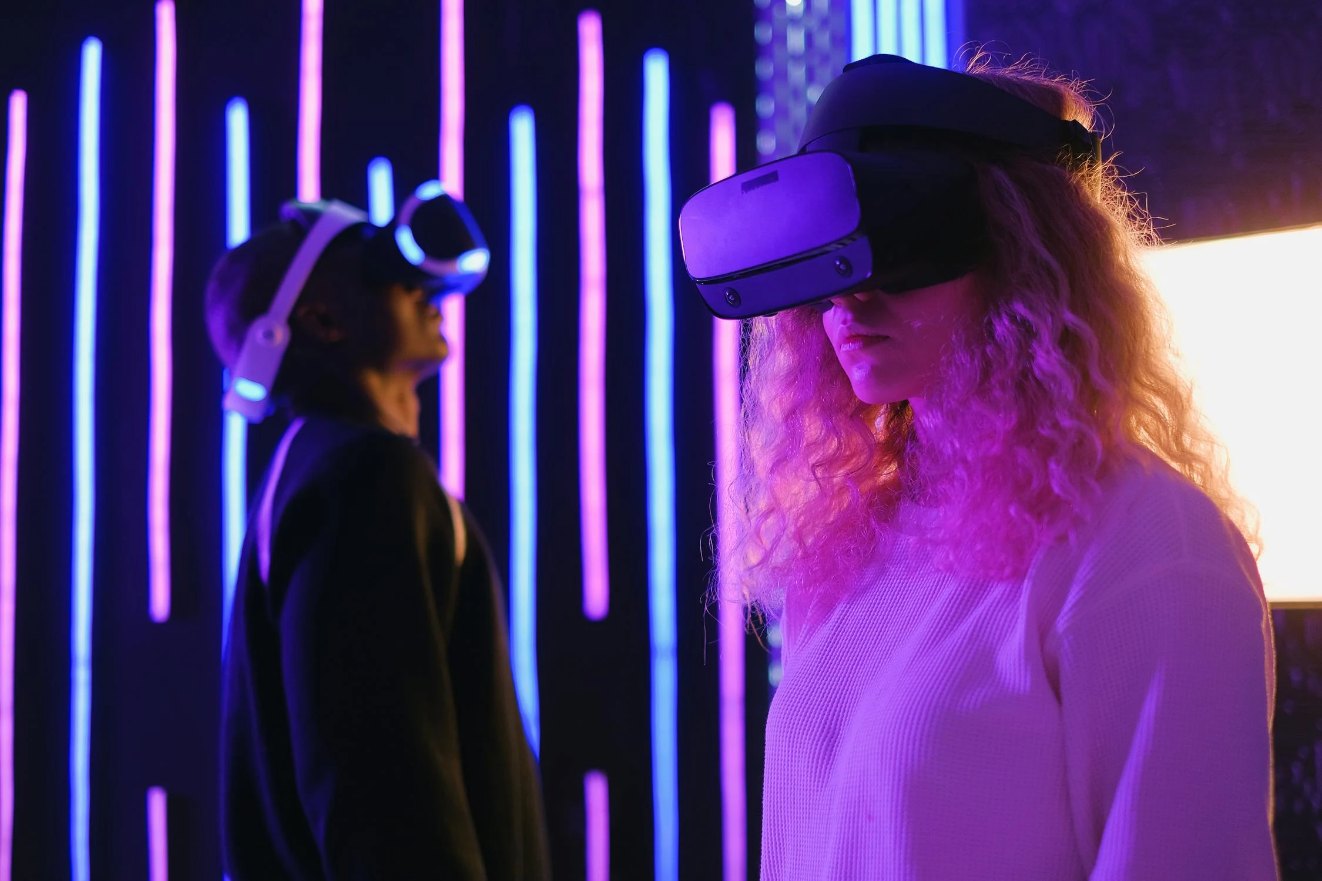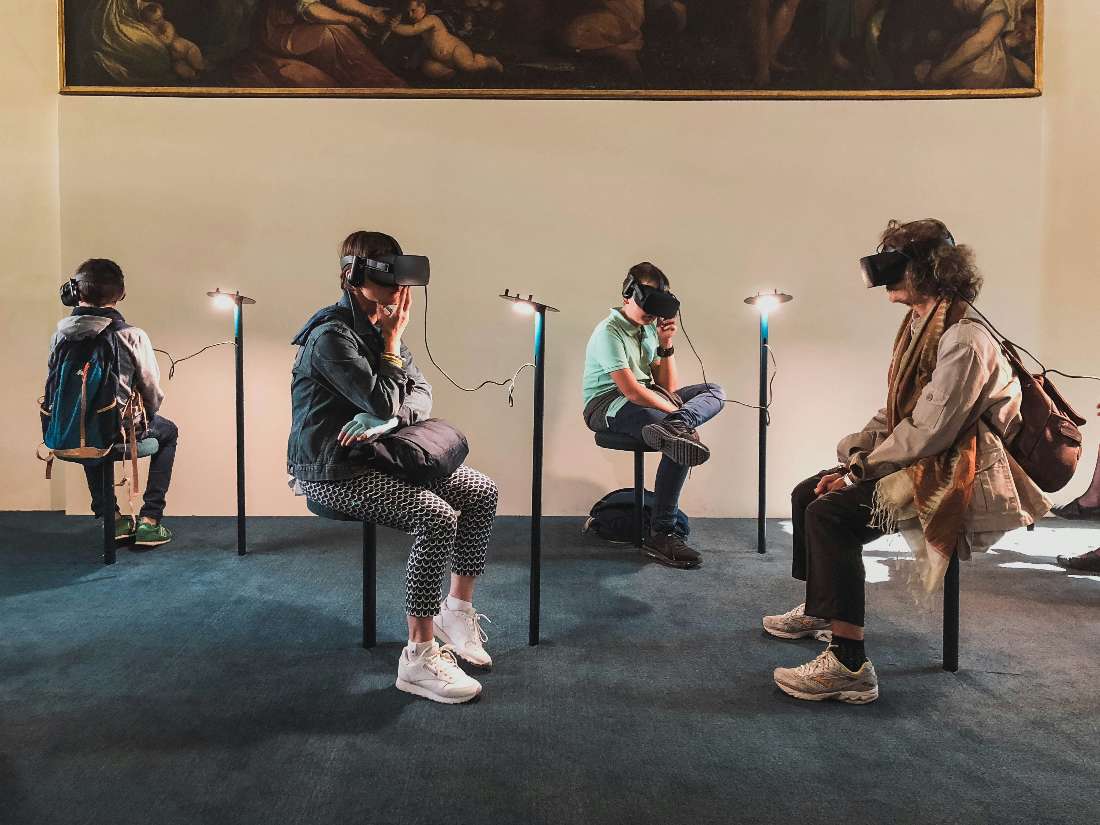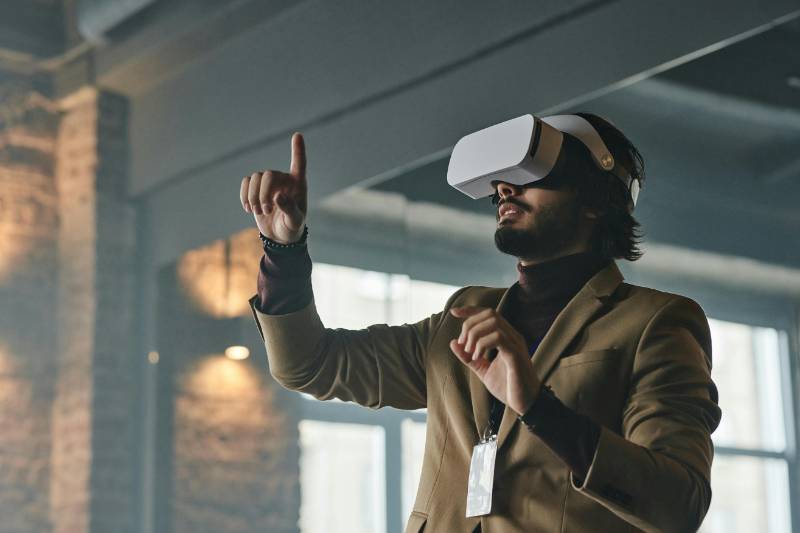Biometric Security: The Future of Passwords and Authentication

2 min read
02 Jun 2025
In an increasingly digital world, the need for secure and user-friendly methods of authentication has never been more critical. Traditional passwords, once the primary means of securing our online identities, have proven to be fallible and prone to breaches. As a result, the evolution of biometric security has emerged as the promising future of authentication, offering a more robust and convenient way to protect our digital lives.
Biometric security leverages unique physical or behavioral traits to confirm a user's identity, offering a level of security that surpasses traditional passwords and PINs. The most common biometric identifiers include fingerprints, facial recognition, iris scans, voice recognition, and even behavioral characteristics like typing patterns and gait. The key advantage of biometrics lies in its inherent uniqueness; no two individuals share the same biometric profile, making it extremely difficult for cybercriminals to spoof or replicate.
One of the most prevalent forms of biometric authentication is fingerprint recognition. Fingerprint sensors have become commonplace on smartphones and other devices, allowing users to unlock their devices, make payments, and access sensitive information with a simple touch. The uniqueness and permanence of fingerprints make them an ideal biometric identifier, and their adoption in consumer technology has paved the way for broader acceptance of biometrics as a security measure.
Facial recognition is another biometric technology that has gained widespread attention. It uses complex algorithms to analyze an individual's facial features, creating a unique "faceprint." The popularity of facial recognition has grown in applications ranging from unlocking smartphones to airport security. However, concerns about privacy and potential biases in facial recognition algorithms have also raised ethical questions that need to be addressed as the technology matures.
Iris scans, which analyze the unique patterns in the colored part of the eye, offer an even higher level of security. The iris is an internal organ that is well-protected and remains stable throughout a person's life. This stability and the intricate patterns make iris scans extremely accurate and resistant to fraud.
Voice recognition technology relies on the unique vocal characteristics of an individual, such as pitch, tone, and speech patterns. It is often used in phone-based authentication systems and voice assistants. Voice recognition is particularly useful in situations where users may have physical limitations or prefer hands-free interactions.
Behavioral biometrics focus on an individual's behavioral traits, such as typing speed, keystroke dynamics, and mouse movements. These traits are unique to each person and can be used for continuous authentication. For example, if a user's typing pattern suddenly deviates from their usual behavior, it can trigger a security alert, providing an additional layer of protection against unauthorized access.
As biometric authentication becomes more prevalent, it is essential to establish a standardized framework for the industry. This includes defining security standards, ensuring interoperability between different biometric systems, and addressing regulatory and legal challenges.
In conclusion, biometric security is poised to redefine the future of authentication. Its unique ability to provide both enhanced security and user convenience makes it an attractive solution in a digital world increasingly plagued by cyber threats. While challenges such as privacy, bias, and data security must be addressed, ongoing advancements in biometric technology, coupled with responsible implementation and regulation, will likely lead to a future where passwords and PINs are replaced by more secure and user-friendly biometric authentication methods. This evolution promises a safer and more seamless digital experience for individuals and organizations alike, where your unique traits become the keys to your digital kingdom.

The AR Breakthrough That Will Make Blockchain Transactions Simpler Than Ever!
7 min read | 15 Nov 2025
How AI Is Making Blockchain Smarter and Safer – The Inside Scoop!
5 min read | 14 Nov 2025
The Big Tech Twist: How VR Is Set to Disrupt Blockchain Like Never Before!
6 min read | 13 Nov 2025
Unlocking the Power of AR: How Augmented Reality Is Set to Revolutionize Blockchain!
5 min read | 12 Nov 2025More Articles

Smart Fabrics: The Integration of Technology in Textiles
6 min read | 29 Oct 2025

AI in Drug Discovery: Accelerating Pharmaceutical Research
6 min read | 28 Oct 2025

Synthetic Biology: Engineering Life at the Molecular Level
4 min read | 27 Oct 2025

Haptic Technology: Touch Feedback in Virtual Environments
6 min read | 26 Oct 2025
More Articles

Augmented Reality in Retail: How Virtual Try-Ons Are Boosting Sales
10 min read | 16 Nov 2025

The Potential of VR for Skill Training: From Surgery to Space Exploration
5 min read | 15 Nov 2025

The Integration of AR in Live Events: Enhancing Audience Engagement and Interaction
6 min read | 14 Nov 2025

The Ethics of VR: Exploring the Psychological Impact of Virtual Realities
5 min read | 13 Nov 2025
